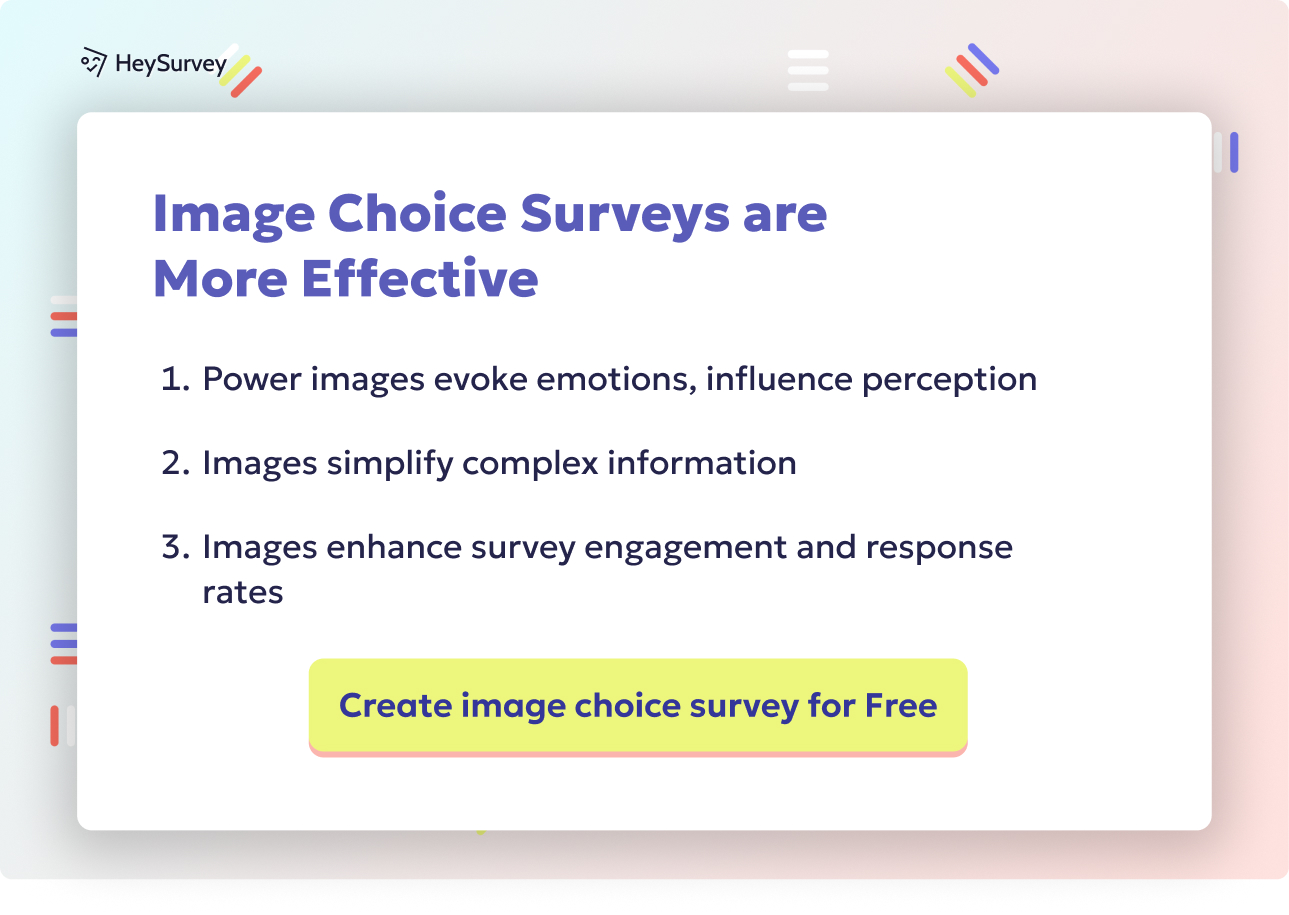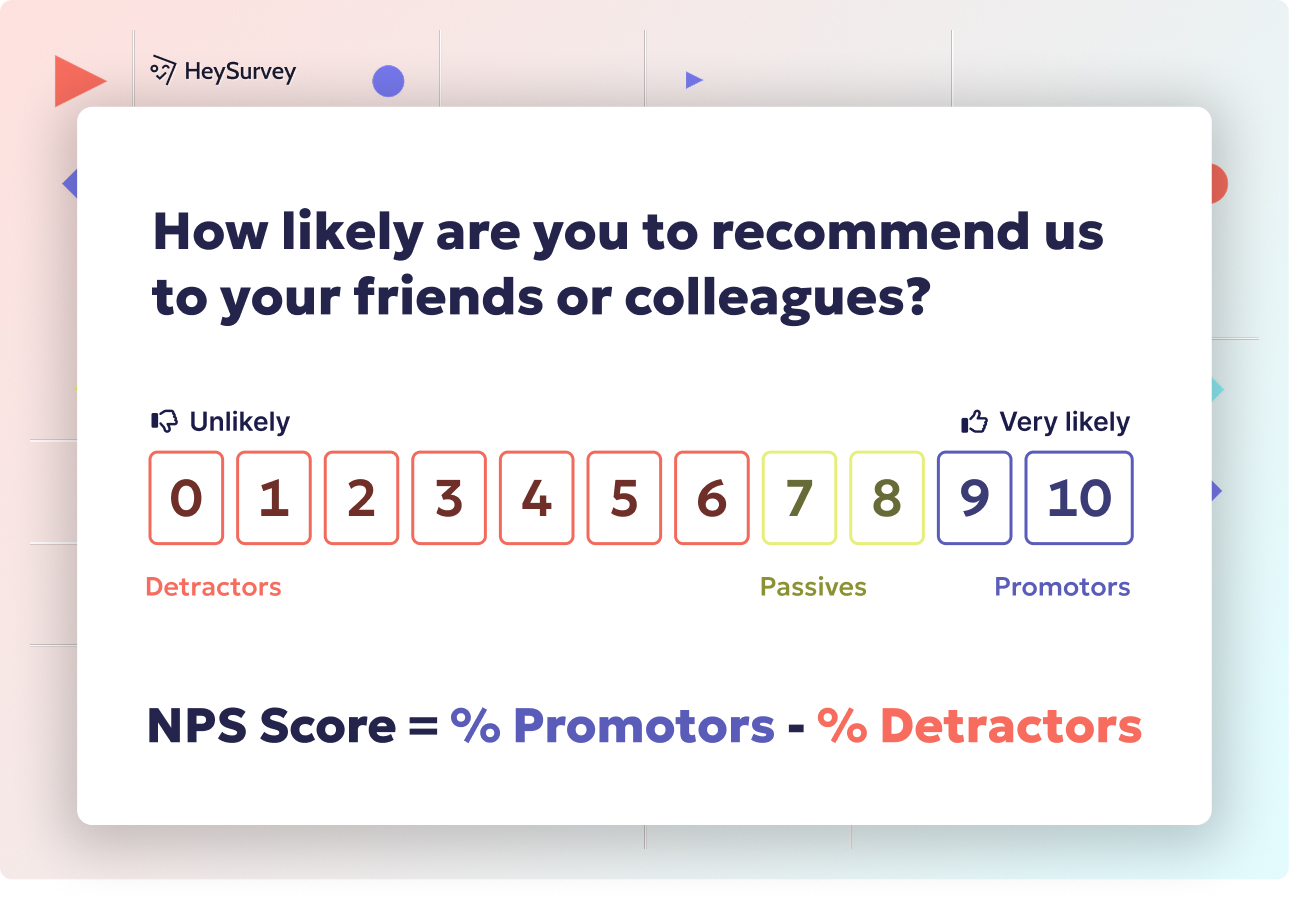32 Supplier Survey Questions: Types, Uses & Sample Sets
Discover 28 essential supplier survey questions with sample sets covering performance, risk, onboarding, sustainability, and more for smarter sourcing.
Supplier survey questions are the essential “ask” behind smarter sourcing. Whether you call them supplier survey questions, vendor questionnaires, or supplier evaluation surveys, these are the engines that drive risk management, continuous improvement, and procurement success. Organizations rely on these survey tools for onboarding, quarterly business reviews, sustainability audits, and more. Well-crafted question sets fuel data-driven decisions, strengthen supplier relationships, and reduce operational risks—think of them as your cheat code for untangling the supply chain spaghetti.
Supplier Performance Evaluation Survey
The supplier performance survey questions set is the backbone for evaluating daily operations. This tool assesses how suppliers deliver on quality, timing, service, and accuracy. Feedback gathered from these surveys often shapes supplier performance scorecards, fueling transparent contract renewal and improvement discussions. When used wisely, these surveys prevent small issues from turning into logistical nightmares and support objective, outcome-driven supplier management.
Why and When to Use This Survey
Deploying a supplier performance evaluation survey is like issuing a report card after every major phase. This is not a “once and done” box-ticking chore—it’s best used: - During quarterly or biannual business reviews to benchmark key performance indicators (KPIs). - After completing major projects, new product launches, or significant escalations. - When prepping for contract renegotiations, to surface any simmering problems early.
Organizations who use this tool consistently find they - Spot hidden bottlenecks before they snowball. - Build trust, because expectations are documented rather than whispered. - Get everyone, internally and externally, on the same improvement page.
This survey closes feedback loops and presents a factual foundation for constructive supplier conversations.
Sample Questions
- How consistently does the supplier meet agreed delivery dates? (1–5 scale)
- How would you rate the overall quality of the goods/services received?
- How responsive is the supplier when resolving order issues or defects?
- How accurate are the supplier’s invoices versus delivered quantities?
- How well does the supplier comply with your packaging and labeling specs?
- How proactively does the supplier communicate about potential delays?
- How would you rate their willingness to solve unforeseen challenges?
Implementing a supplier performance evaluation tool led to a 2.9-fold reduction in the number of suppliers and a 2.6-fold decrease in inventory value. (emerald.com)
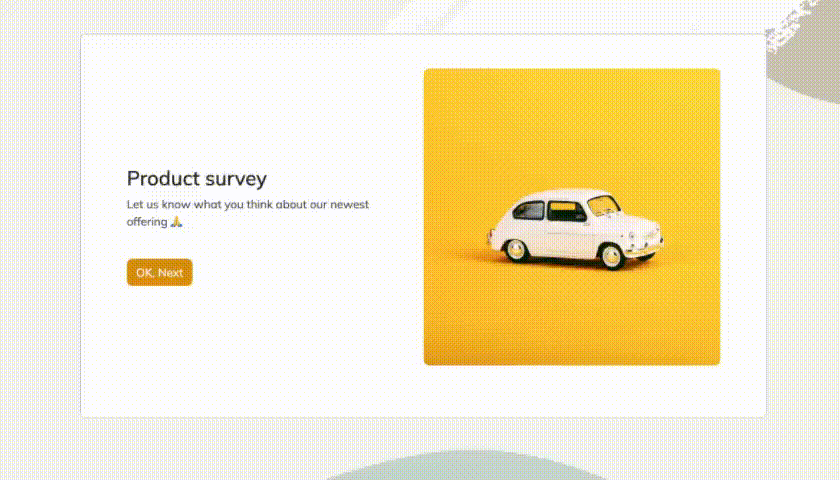
Creating a supplier survey with HeySurvey is a breeze—even if you’ve never built one before. Follow these three simple steps to get your survey up and running fast!
Step 1: Create a New Survey
- Head over to HeySurvey and start a new survey by clicking “Create New Survey.”
- You can either select an existing template tailored to supplier surveys (save yourself some time!) or start from scratch with an empty survey.
- Give your survey an internal name that makes it easy to find later (e.g., Supplier Performance Survey 2024).
Step 2: Add Questions
- Use the Add Question button to pop in your supplier survey questions.
- Choose the right question types depending on your needs—Likert scale for ratings, multiple choice for straightforward options, or open text to gather explanations.
- Mark must-answer questions as required so every essential data point gets captured.
- Consider adding images or clarifications to make questions super clear.
Step 3: Publish Survey
- When all questions look good, hit the Preview button to see the survey as your suppliers will.
- Once happy, click Publish to generate a sharable survey link. Remember, publishing requires a HeySurvey account to store and view responses.
- Share the link directly with suppliers or embed it on your supplier portal.
Bonus Tips to Power Up Your Survey
- Apply Branding: Upload your company logo and customize colors to give your survey a professional, on-brand look. This helps suppliers recognize your survey and boosts response rates.
- Define Settings: Set start/end dates, response limits, or add a redirect URL after survey completion. These options keep your survey running smoothly and control when responses are accepted.
- Skip into Branches: Want to tailor follow-up questions based on answers (like asking for more details only if a supplier flags a risk)? Use branching logic to direct respondents down relevant paths, making the survey shorter and more engaging.
Ready to dive in? Click the template button below and let HeySurvey do the heavy lifting on your next supplier survey—it’s never been simpler!
Supplier Risk Assessment Survey
No one wants supplier drama. The supplier risk questionnaire is your early-warning radar, uncovering weak spots in financial health, geopolitical stability, cybersecurity, and continuity planning. This survey isn’t just about disaster-avoidance—it also meets compliance obligations while keeping your supply chain resilient to surprises. Skipping these questions is like canceling your home insurance and hoping for sunshine.
Why and When to Use This Survey
A supplier risk assessment survey should never gather digital dust in a drawer. Organizations roll out this tool at critical intervals:
- During supplier onboarding, to filter out ticking time bombs.
- Annually, especially if you report to frameworks like ISO 9001 or ISO 31000.
- Whenever you spot red flags: late deliveries, industry disruptions, or credit downgrades.
Companies that tie this survey into their regular processes can:
- Respond nimbly to risks rather than react in panic.
- Satisfy auditors and regulators asking for tangible proof of due diligence.
- Adjust their sourcing strategy before crises interrupt production.
The supplier risk assessment survey sharpens your operational foresight and keeps you a step ahead of disruptions.
Sample Questions
- What is your most recent Dun & Bradstreet risk rating or equivalent credit score?
- Describe your business continuity plan for natural disasters or pandemics.
- Do you maintain cyber-insurance coverage? If yes, specify limits.
- Which geopolitical regions could materially disrupt your supply chain?
- Have you experienced a data breach in the past 24 months? (Yes/No – please elaborate)
- Are you currently involved in any litigation which could impact performance?
- What percentage of your suppliers are considered high-risk?
Traditional supplier surveys are often inadequate for assessing supply chain risks due to their subjectivity, outdated information, and limited scope, necessitating more dynamic and continuous monitoring approaches. (enterprise.craft.co)
Supplier Onboarding & Capability Survey
Before rolling out the red carpet, you need a supplier onboarding questionnaire. This survey collects baseline information—think certifications, technical capacity, technology stack, and fit—for new supplier relationships. It’s an audit and a compatibility check rolled into one. The insights from this survey are a lifesaver, ensuring you don’t invite in a supplier who can’t keep up or comply.
Why and When to Use This Survey
The supplier onboarding survey is your “getting to know you” handshake, but with rigor. Deploy it:
- Immediately after issuing an intent-to-award but before signing contracts.
- When onboarding entire new categories of suppliers or geographies.
- If existing suppliers expand their offerings or tech infrastructure.
This tool helps companies:
- Screen out unqualified vendors before issues arise.
- Confirm that all compliance boxes—from documentation to regulatory mandates—are ticked.
- Lay a foundation for transparent, operational partnerships right from the start.
A solid onboarding survey saves time, money, and future headaches by spotlighting both red flags and standout capabilities.
Sample Questions
- List current ISO, GMP, or industry-specific certifications with expiry dates.
- What is your monthly production capacity for the requested SKU or service?
- Which ERP or inventory management systems do you use?
- Can you provide three customer references from the past two years?
- What lead time do you require from purchase order to shipment?
- Please describe your process for managing supply chain disruptions.
- What languages do your key account team members speak fluently?
Supplier Satisfaction Survey
Turn the tables! The supplier satisfaction survey questions flip the script—now you find out how easy (or infuriating) your company is to work with. Supplier satisfaction matters: happy suppliers are more likely to prioritize your business, bring their A-game, and share new ideas. Conversely, a bureaucracy-laden, late-paying customer rarely gets VIP treatment when supplies run short.
Why and When to Use This Survey
This survey is your autopsy for process pain points and silent supplier churn. Best practices include:
- Launching it annually to uncover friction points you might be missing.
- Immediately after rolling out new procurement software or changing payment terms.
- When onboarding major new suppliers, as an early pulse check.
By checking in on supplier sentiment, organizations can:
- Reduce risk of supplier attrition, especially for critical or sole-source partners.
- Find areas to improve process efficiency, fostering mutual value.
- Strengthen loyalty via responsive, collaborative supplier management.
The best supply chains are two-way streets—this survey keeps traffic flowing smoothly.
Sample Questions
- How clear are our purchase orders and specifications?
- How satisfied are you with our average payment cycle time?
- How effectively does our team communicate forecast changes?
- How likely are you to prioritize our orders over other clients’? (NPS 0–10)
- What one improvement would most enhance your experience working with us?
- How easy is it to reach our procurement or accounts payable team?
- Do you feel your concerns are resolved in a timely manner?
Effective cooperation is the most influential factor in ensuring supplier satisfaction in buyer-supplier relationships. (tandfonline.com)
Sustainability & Compliance Survey
Going green and staying legal just got a boost from your supplier sustainability questionnaire. This survey digs into environmental, social, and governance (ESG) practices—your supplier’s carbon footprint, hazardous waste management, labor protections, and more. With regulations like the EU Supply Chain Act intensifying, these questions go way beyond feel-good CSR—now, they’re business-critical.
Why and When to Use This Survey
Sustainability and compliance surveys are the gold standard for organizations aiming to:
- Fulfill annual corporate social responsibility (CSR) disclosures.
- Measure and report supply chain Scope 3 emissions.
- Meet external scoring requirements (think EcoVadis or similar ESG ratings).
When should you send this? Consider timing it:
- Annually, as part of your audit calendar.
- After new laws take effect or sustainability deadlines approach.
- When adding high-risk or geographically diverse suppliers.
Collecting sustainability and compliance data keeps your brand above regulatory water, attracts eco-conscious customers, and uncovers hidden risks before someone else (an auditor or activist group) shines a spotlight.
Sample Questions
- What is your total Scope 1 and Scope 2 GHG emission for the last fiscal year?
- Do you hold any third-party sustainability certifications (e.g., ISO 14001)?
- Describe policies preventing forced or child labor in your facilities.
- How do you handle and dispose of hazardous waste?
- What percentage of your energy comes from renewable sources?
- Have you received environmental fines in the past three years?
- What community engagement or social development initiatives do you support?
Innovation & Collaboration Survey
The supplier innovation survey questions are all about unlocking supplier creativity and teamwork. These questions reveal how eager and able suppliers are to join forces with you—whether to build new products, save money, or experiment with cutting-edge tech. Without this survey, you might miss your next great co-innovation partner.
Why and When to Use This Survey
Tap into the innovation pipeline with a survey that’s both practical and forward-thinking. Ideal use cases include:
- Annual joint-planning meetings with key or strategic suppliers.
- Before launching any R&D, product co-design, or cost-savings initiative.
- When reviewing which partners most drive your competitive edge.
This survey can help you:
- Identify which suppliers are open to collaboration and knowledge sharing.
- Select partners for pilot programs or technical workshops.
- Foster a culture of joint problem-solving and continuous improvement.
If you want to stay ahead of the market, these questions are your invitation for brilliant ideas from both sides.
Sample Questions
- How proactive are you in proposing cost-reduction or value-engineering ideas?
- What percentage of your revenue is reinvested into R&D annually?
- Are you willing to sign joint IP ownership agreements?
- How often can your engineering team participate in co-design workshops?
- Rate your organization’s agility in piloting new technologies (1–5).
- What technical expertise do you wish to co-develop with us?
- Can you share examples of past innovation partnerships with other clients?
Supplier Diversity Survey
Today’s organizations want to know much more than price tags. The supplier diversity questionnaire verifies who’s behind your vendors—minority, woman, veteran, LGBTQ+ owners—for compliance and spending reports. Beyond the numbers, a strong diversity snapshot drives supplier equity and unlocks fresh market perspectives.
Why and When to Use This Survey
Supplier diversity surveys are the high-five to underrepresented businesses. Send these surveys when you:
- Bid on or manage government contracts where diversity tracking is required.
- Have internal Diversity, Equity, and Inclusion (DEI) goals tied to supplier spend.
- Onboard new suppliers or request annual updates (to keep records current).
These surveys:
- Help meet both customer and legal reporting requirements.
- Support broader DEI values and expand your supplier network.
- Demonstrate a real commitment to business inclusion, beyond box-ticking.
Don’t miss the chance to highlight partners making a difference—both for your numbers and your company values.
Sample Questions
- What is the ownership classification of your business (e.g., MWBE, SDVOSB)?
- Please upload current diversity certification documents and expiry dates.
- What percentage of your workforce is from under-represented groups?
- Do you have tier-2 diversity reporting capabilities?
- Describe any supplier-diversity initiatives within your own supply chain.
- What outreach does your company conduct to increase diversity?
- Have you received any awards for diversity or inclusion?
Best Practices & Dos and Don’ts for Supplier Surveys
You’ve got the right survey—but how do you make sure the responses aren’t gathering virtual cobwebs? The following best practices for supplier surveys guarantee high response rates, richer data, and smoother relationship management. Consider these your secret weapons for driving meaningful, actionable survey results: - Always segment your suppliers and tailor questions to their specific roles or spend levels. - Shorter is better—aim for surveys that rarely take more than 10 minutes to complete. - Communicate the survey’s objective and guarantee participant confidentiality. - Blend closed, multiple choice, and open-ended questions for context as well as quant data. - Follow up every survey with a tangible action plan, and always circle back with outcomes.
Just as important are the don’ts:
- Never send one-size-fits-all forms or ask for info you already have.
- Avoid loading up on repetitive or unnecessary questions—brevity wins.
- Don’t collect sensitive or regulatory data unless you genuinely plan to use and protect it.
- Don’t leave suppliers in the dark about how their input will be used.
Getting supplier surveys right is about respect, transparency, and valuing partners’ time—and it pays off with leaner operations and tighter, trust-based collaborations.
Suppliers are central to business agility and resilience. Smart use of the right survey at the right time doesn’t just dodge risks; it opens the door to collaboration, innovation, and loyalty. By leveraging the power of supplier surveys, you’re not just ticking compliance boxes—you’re building a supply chain that’s ready for anything. Choose your questions, listen closely, and make every answer count.
Related Business Survey Surveys
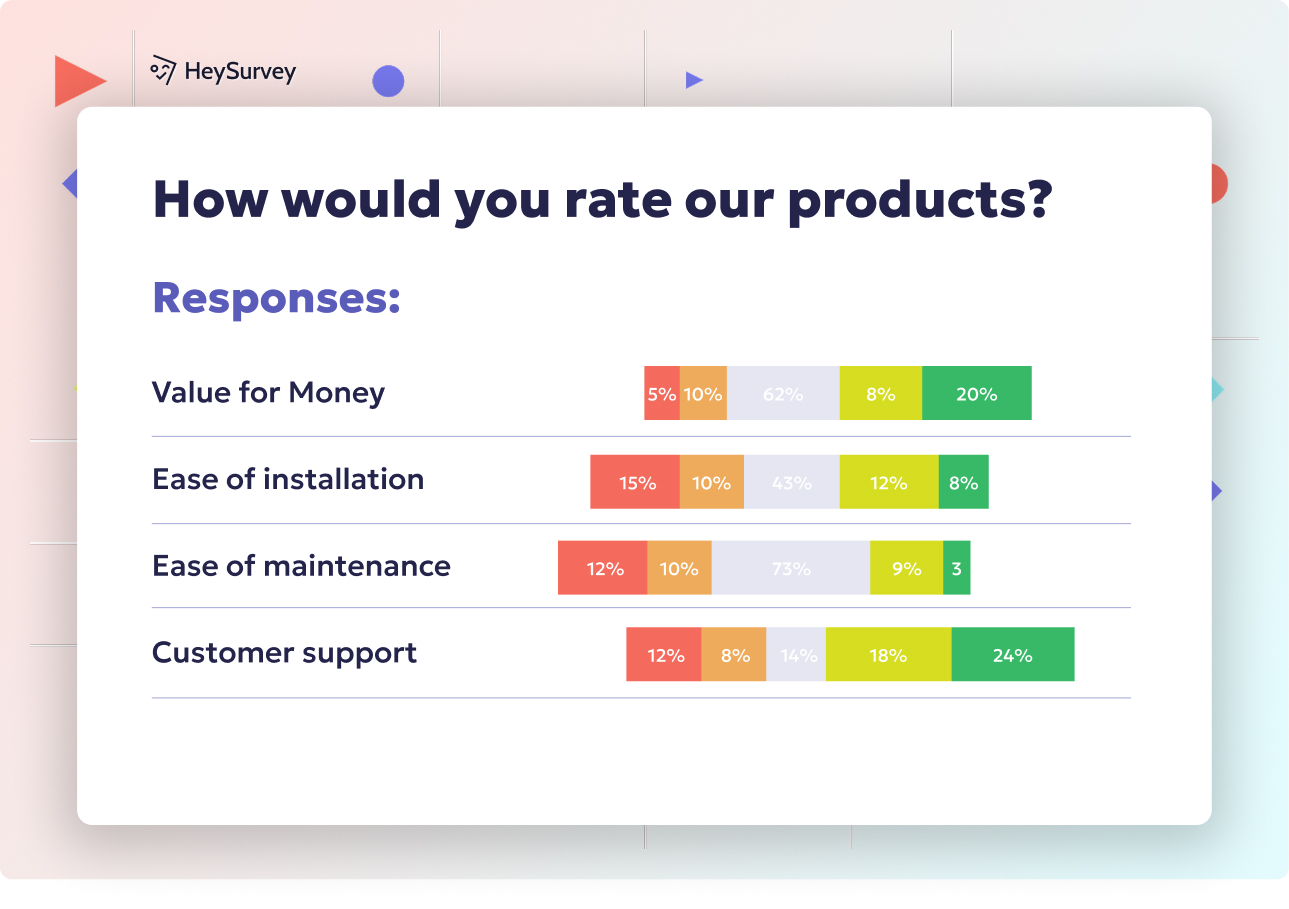
27 Tips to Tackle Nonresponse vs Voluntary Response Bias
Explore nonresponse vs voluntary response bias with 30 sample survey questions to improve survey ...
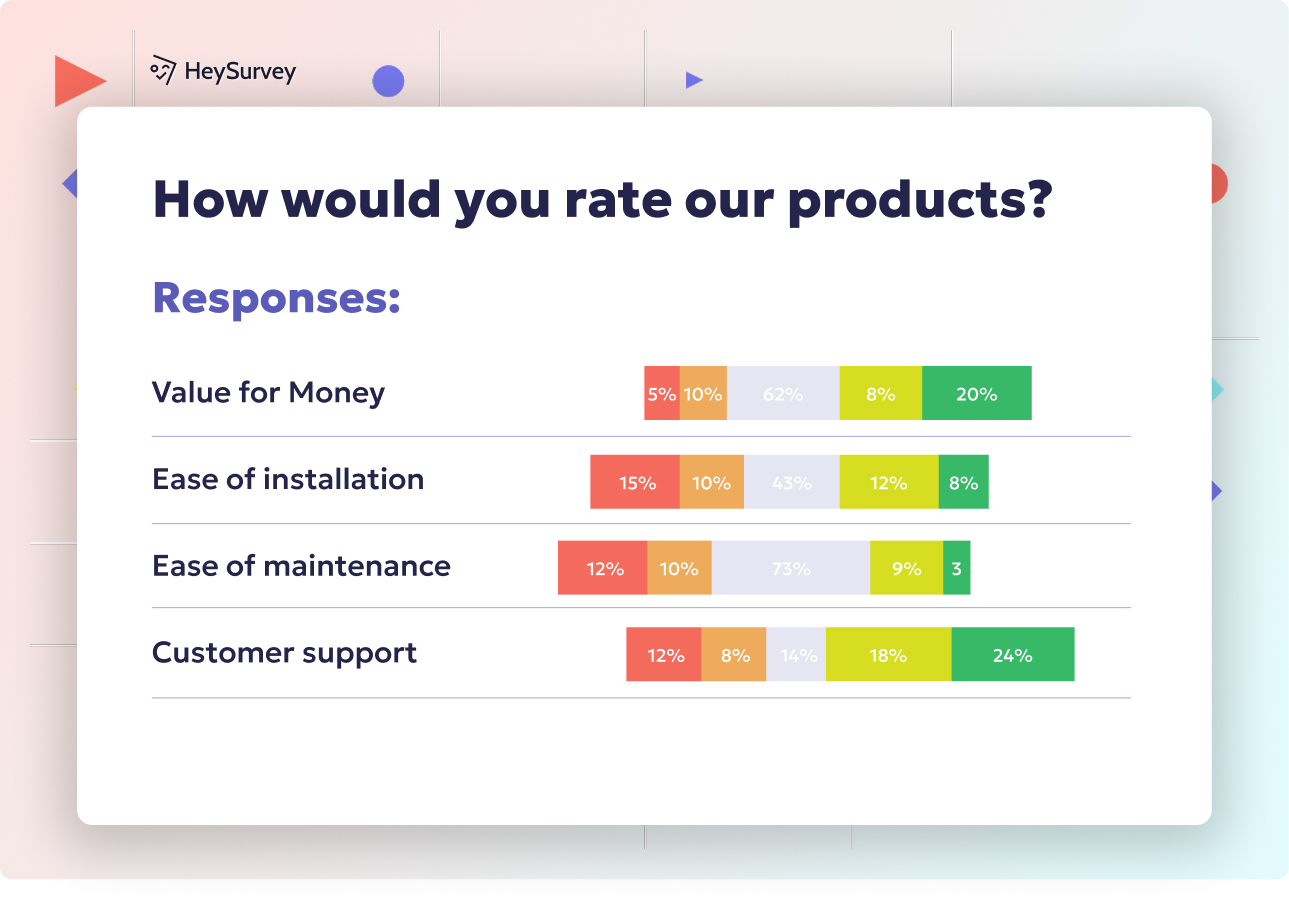
29 Essential SWOT Survey Questions for Strategic Insights
Discover 25+ expert SWOT survey questions designed to capture strengths, weaknesses, opportunitie...

25 Quality Assurance Survey Questions for Best Results
Elevate your approach with 25 sample "quality assurance survey questions" and best practices to s...
